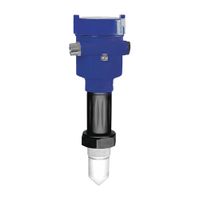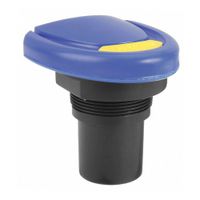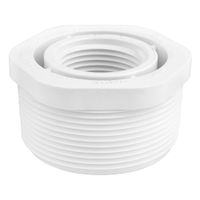- Home
- Pumps
- Flow Level Measurement Controls
- Level Sensors Transmitters
- Non Contact Liquid Level Sensors Transmitters
Non-Contact Liquid Level Sensors & Transmitters
Non-contact liquid level sensors and transmitters mount outside or onto the bung port of a container or tank, using radio or ultrasonic technology to measure levels. Since these level sensors do not immerse in the measured substance, they're suited for corrosive liquids, wastewater, and bulk storage .....Read More
Frequently Asked Questions
What are the advantages of using non-contact liquid level sensors over contact sensors?
How do non-contact ultrasonic and radar liquid level sensors work?
What are the typical applications for non-contact liquid level sensors?
How accurate are non-contact liquid level sensors in measuring liquid levels?
Can non-contact liquid level sensors be used in hazardous environments?
What factors should be considered when selecting a non-contact liquid level sensor?
How do non-contact liquid level sensors handle foams and agitated liquids?


